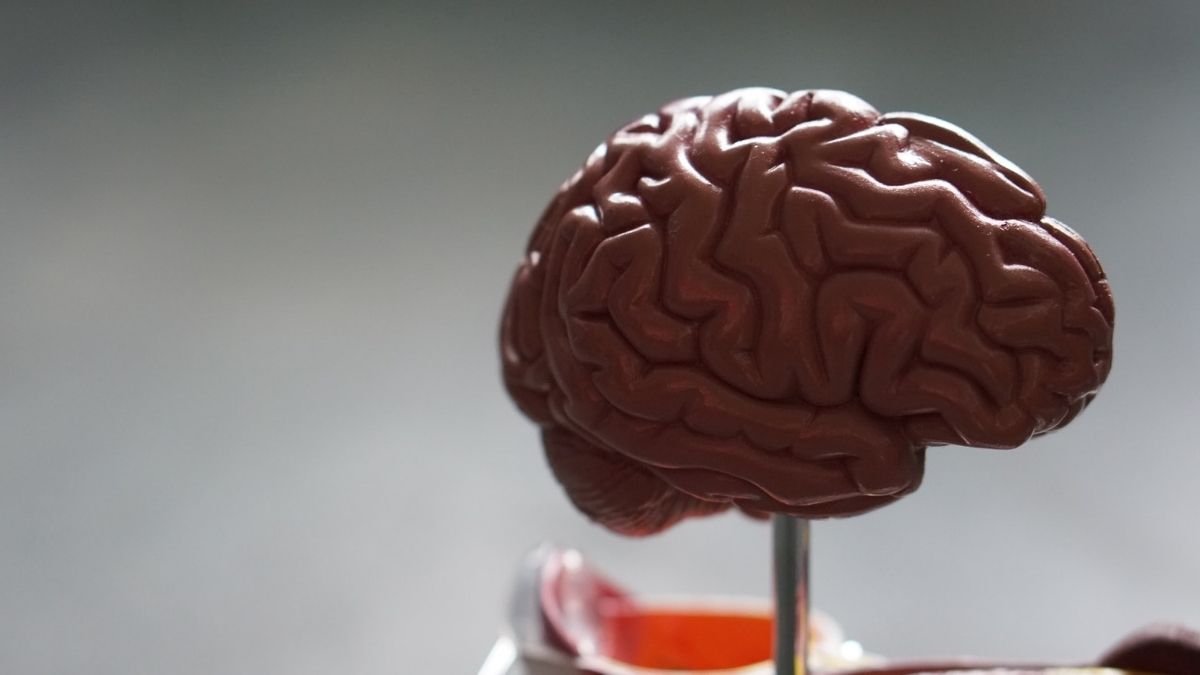Pop quiz. Which of these do you agree with?
- If things are easy and speedy, they work best.
- Re-reading and highlighting are effective study strategies.
- Anyone can learn more if they practise enough.
- Before learning, it’s important to know how learning works.
If you agreed with the first two statements, you’re a passive learner. If you agreed with the second two, you’re an active learner.
Now STIC with me. 😉
I recently listened to a podcast from Cult of Pedagogy interviewing the co-author of Make It Stick, Peter C.Brown. As I was listening, the question that arose was “What teaching and learning strategies lead to better memory?”
And in today’s blog post, we’re going to answer exactly that.
The Golden Nugget
So there are a few myths that we have to debunk first.
- The longer you study, the more information your brain will absorb. While that does, to an extent, sound true, your brain can really only hold information for 10-20 minutes.
- Highlighting, re-reading and producing pages of aesthetic notes is productive. They might feel productive because they’re easy to do, but only give a false sense of security.
When we look at the bigger picture, we can’t help but notice that most of us mistake our mastery of a subject.
To avoid this, we should put ourselves in situations that force us to apply our knowledge and skills. The muscle memory that’s required, can help provide an unbiased reflection of what we can and can’t do.
In other words, pulling stuff out of the brain leads to better learning than putting stuff into the brain.
Why It Works
The benefits of applying this strategy to learning start within the brain, in the hippocampus. This is where information is initially stored in your short-term memory before moving over to your long-term memory.
When you encounter the same information later, your brain makes it malleable again, reconsolidating it into your long-term memory.
The STIC Framework
This framework consists of four parts that work in symphony to help enhance learning:
- S – Spacing
- T – Testing
- I – Interleaving
- C – Categorising
Spacing
Rather than cramming or mass practice, spaced repetition is far more efficient. Complete a study session, give it a break (hours/days), then return and repeat.
It takes hours for information to move from the hippocampus to other parts of the brain for it to become integrated into our long-term memory. So spaced repetitions decrease the activation energy and time taken next time you encounter that information.
The first revision will be weak, so don’t lose hope. Over a few study sessions, you’ll remember more. The point is to forget the information and then overcome the forgetting curve the more you revise it.
Ways to do this:
- Spacing out your revision 1 day later, 3 days, 7 days later etc…
- Using the Leitner System based on difficulty ranking.
Testing
Testing yourself is the best way for knowledge to dig deeper into your mind. What makes this effective is recalling what you’ve learnt without looking at any material or notes. The more you elaborate, the easier it is to identify where your knowledge gaps are.
Ways to do this:
- Flashcards
- Practice papers
- Blurting
- Feynman technique
A bonus tip is to test before, during and after a topic. Yep, there’s evidence to suggest that pre-testing even when you fail a test can make you more likely to remember the next time if you correct yourself. You can thank me later.
Interleaving
Mixing a variety of topics instead of studying in blocks one topic at a time boosts learning. Think of it as shuffling a deck of cards.
Interleaving strengthens long-term memory by:
- giving your brain time to figure out which skill is required.
- then practising the skill without any support.
However, interleaving items that are too different (e.g-from different subjects) can make it more like multi-tasking by confusing your brain and hindering learning.
Ways to do this:
- Mixing up flashcards from different topics.
- Completing questions that require different calculations.
Conclusion
That’s all you need. Over time, you’ll develop the habit of spaced-retrieval practice and gain more competence. But for now, just get started!
“Learning is more deeper and durable when it is effortful. Learning that’s easy is like writing in sand, here today and gone tomorrow.”




















No Comments
Leave a comment Cancel